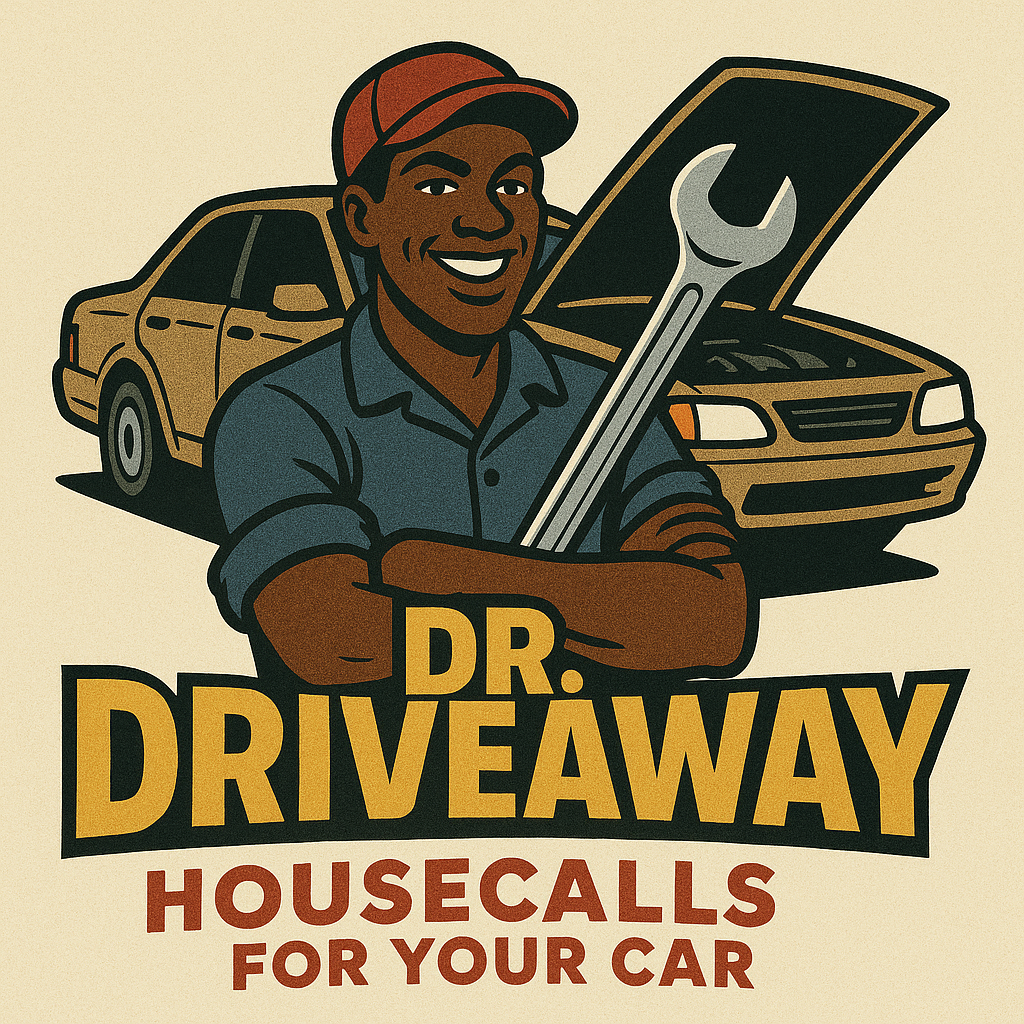How a Broken-Down Car Sparked My Passion for Auto Mechanics
Most people remember their first car for the freedom it brought—the ability to hit the open road, blast music with friends, and finally feel independent. For me, my first car, a 1991 Chevy Lumina Coupe, meant something entirely different. It became the gateway to one of the most important passions of my life: Auto Mechanics.
When I bought my first car, I was just excited to have wheels. The problem was, I didn’t have much money left over to maintain it, let alone fix it when something went wrong—and things always went wrong. Every strange noise, every dashboard light, every leak reminded me that cars don’t just magically stay running. They need care. And care costs money I didn’t have.
Instead of letting my car sit idle in the driveway, I made a decision that would shape my future: I would learn to fix it myself.
The Humble Beginnings: Manuals and Basic Tools
I still remember walking into an auto parts store and buying a Haynes repair manual for my car. To me, it looked like a foreign language at first—pages filled with diagrams, torque specs, and step-by-step instructions. Alongside that, I invested in a basic toolset from Harbor Freight. Wrenches, sockets, screwdrivers—the essentials. I still shop there to this day. Love those guys.
At the beginning, I struggled with the simplest tasks. Changing the oil took hours and more spilled motor oil than I’d like to admit. Replacing brake pads felt intimidating, but the more I followed the book and got my hands dirty, the more I understood how these systems worked. Every repair that once felt impossible became a building block of confidence. And then, My Transmission went out. And I replaced it myself!
From Survival to Passion
What started as a financial necessity slowly grew into a genuine passion. I realized that working on cars wasn’t just about fixing problems; it was about learning how machines worked on the inside. Cars became puzzles—ones I could solve with patience, persistence, and a little grease under my fingernails.
The more I worked, the more curious I became. Why did engines fail? What caused electrical gremlins? How could I make a car run better than it did before? The questions kept coming, and with each answer I uncovered, I felt hooked. I got ASE certified.
Lessons Learned in the Garage
Beyond just car knowledge, wrenching taught me life lessons:
Patience: Some bolts won’t come loose no matter how hard you pull. Sometimes you need to walk away, breathe, and try again with a new approach.
Problem-Solving: Cars break in mysterious ways. Learning to diagnose issues taught me to think critically and creatively.
Resilience: Mistakes are inevitable. Stripping a bolt or breaking a part used to feel like a disaster, but over time, I learned that setbacks are just part of the process.
A Lifelong Journey
Looking back, I never would’ve guessed that not being able to afford a mechanic would ignite such a meaningful part of my life. What started as a necessity has grown into a lifelong passion. Today, I still work on cars—not just because I have to, but because I want to.
My first car may not have been the fastest, the flashiest, or the most reliable, but it taught me something far more valuable than horsepower or speed. It taught me self-reliance, curiosity, and the joy of turning a wrench.
And sometimes, the best passions aren’t the ones you choose—they’re the ones that choose you.

